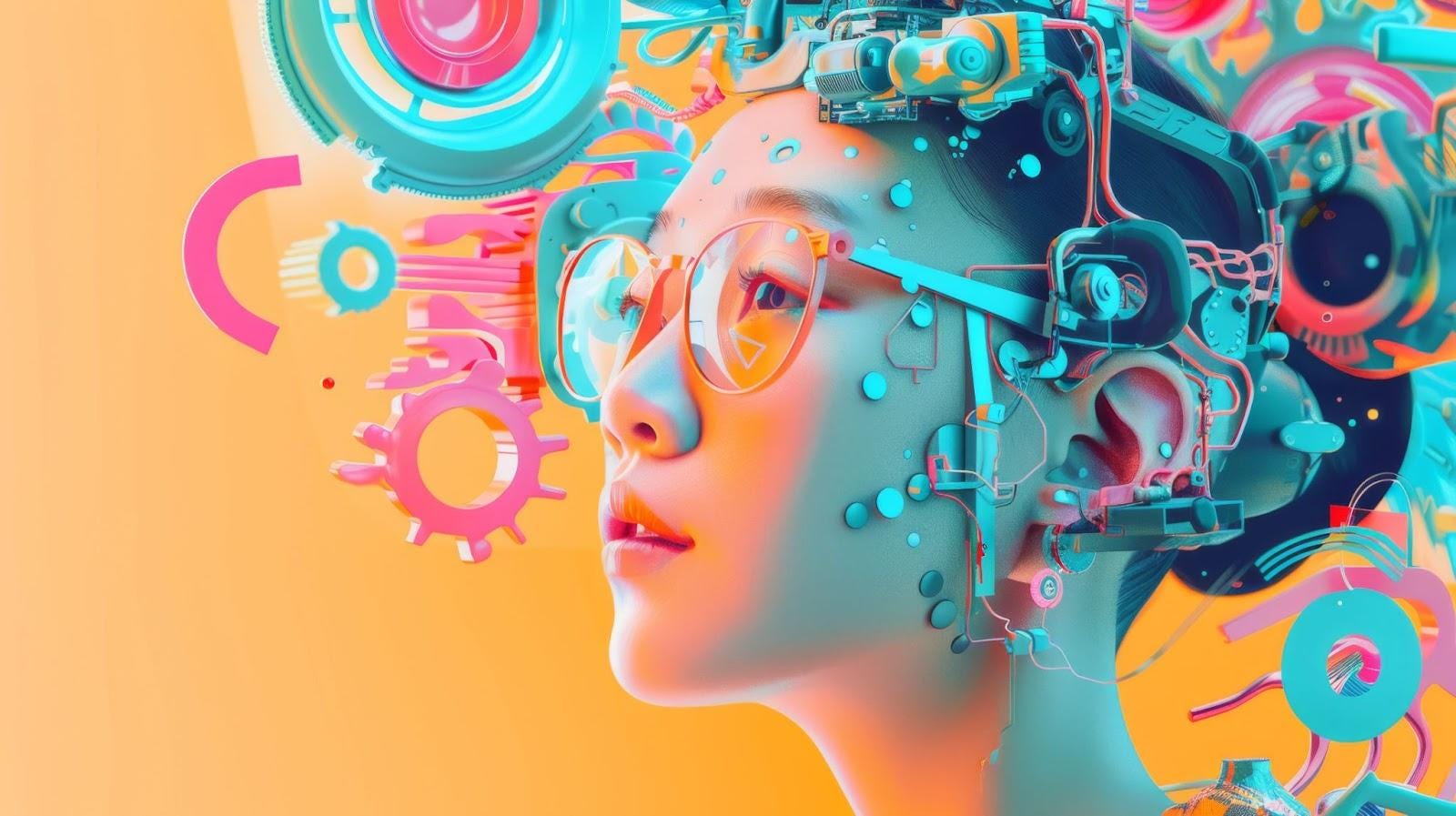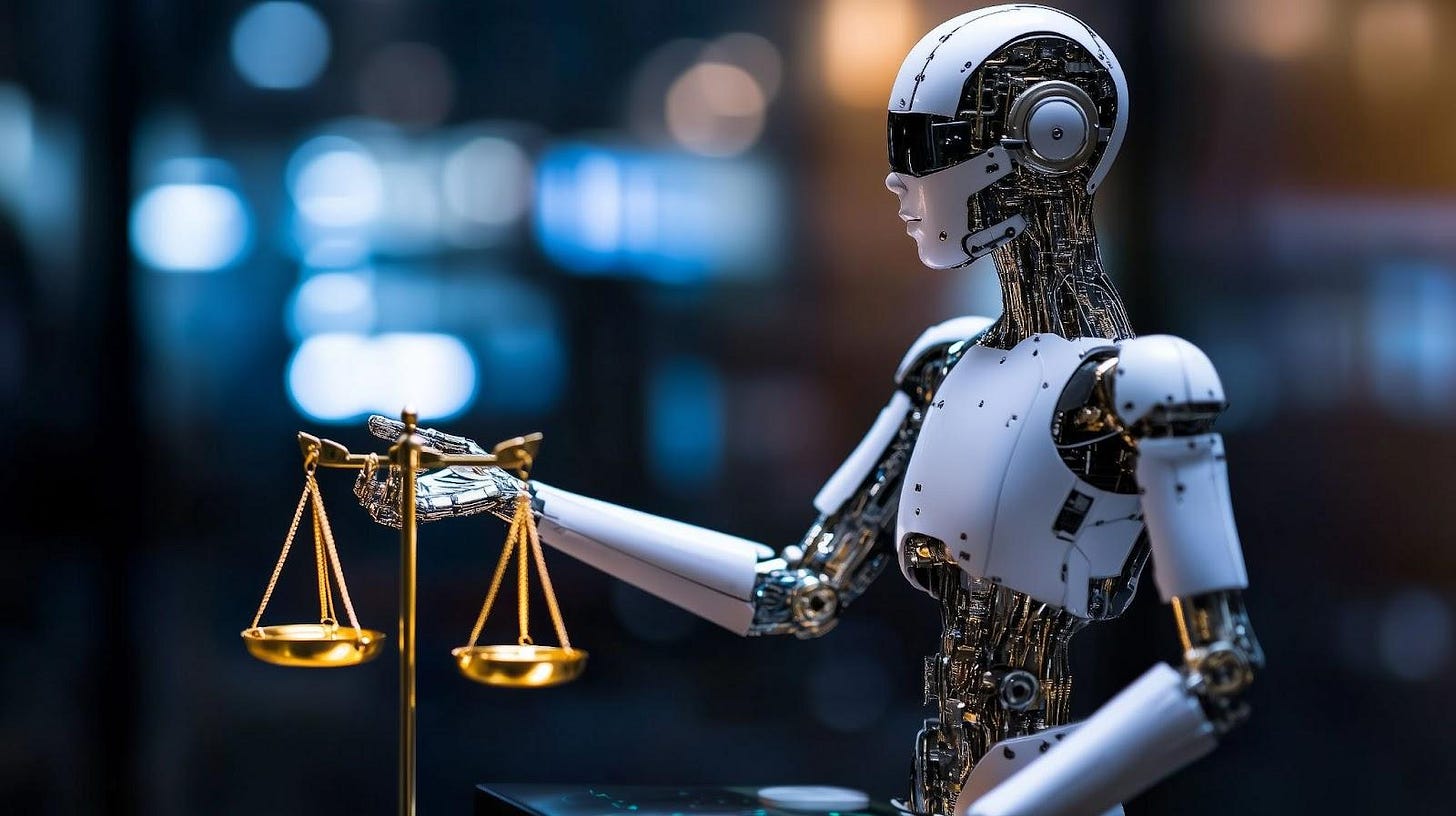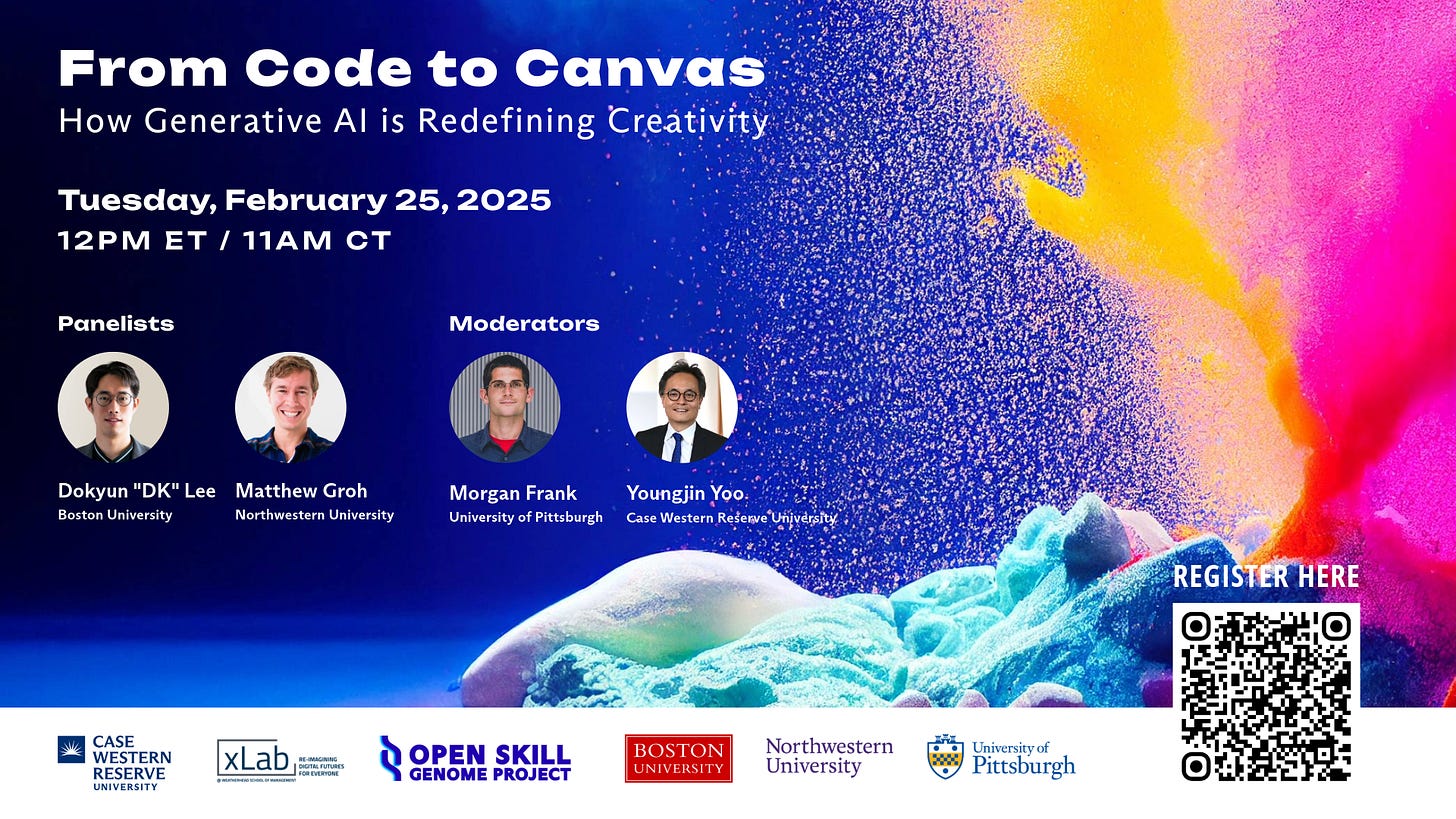Generative AI’s Creative Revolution
Navigating the Transformative Potential of Generative AI in the Creative Economy
The transformative capabilities of generative artificial intelligence (genAI) have sparked both excitement and apprehension across the creative industries. As highlighted in the article Art and the Science of Generative AI, authored by Ziv Epstein, Aaron Hertzmann and the Investigators of Creativity, these tools promise to redefine creative processes, challenge traditional concepts of authorship, and reshape the media ecosystem. Despite certain parallels to past technological disruptions, generative AI introduces novel complexities that demand a nuanced understanding and strategic intervention.
The Historical Context: Lessons from Disruption
Throughout history, technological advancements have redefined the boundaries of creativity. The invention of photography in the 19th century, for instance, was initially perceived as a threat to traditional painting. However, it ultimately liberated painting from the constraints of realism, paving the way for artistic movements like Impressionism and Modernism. Similarly, the digitization of music production, once decried as the “end of music,” birthed entirely new genres and democratized music creation.
Generative AI follows this trajectory as a new medium with distinct affordances. Rather than signaling the “end of art,” it expands the toolkit available to creators. From synthesizing images with diffusion models to crafting prose and poetry with large language models, these tools enable rapid prototyping and ideation. Yet, as history suggests, the path forward will involve both disruption and adaptation.
Redefining Creativity and Authorship
Generative AI challenges conventional notions of authorship and ownership. These systems rely on extensive training datasets—often composed of existing artistic works—to generate new outputs. This raises critical questions: Who owns the output? How should creators whose work is used for training be compensated?
Legal frameworks are struggling to keep pace with these innovations. Potential solutions range from fair use policies to statutory licensing models that ensure compensation for artists. Yet, deeper questions persist: Does the act of training on existing works constitute infringement? How do we differentiate between inspiration and imitation? Resolving these issues will require interdisciplinary collaboration among technologists, legal scholars, and policymakers.
Economic Impacts: Winners and Losers
The creative economy faces a dual-edged sword with generative AI. On one hand, these tools promise to boost productivity, lower production costs, and democratize access to creative processes. Aspiring filmmakers, designers, and writers can now generate high-quality content with minimal resources, potentially diversifying the creative landscape.
On the other hand, established labor models face significant disruption. Occupations like graphic design, illustration, and content writing are particularly vulnerable to automation. Historical parallels, such as the Industrial Revolution’s impact on artisanal crafts, suggest that while overall demand for creative goods may rise, the labor market could skew toward lower average wages and fewer specialized roles.
Cultural and Aesthetic Implications
As generative AI becomes a ubiquitous tool, it will inevitably shape cultural norms and aesthetics. While it lowers the barrier to entry for creators, it also risks amplifying existing biases embedded in training datasets. This could lead to a homogenization of artistic outputs, driven by the self-referential nature of AI-generated content.
Moreover, the interplay between generative AI and social media’s engagement-driven algorithms could exacerbate these effects. Platforms prioritize shareable and sensational content, creating feedback loops that reinforce aesthetic norms. To counteract this trend, researchers must explore ways to promote diversity in AI-generated outputs and develop systems that resist the homogenizing pressures of algorithmic curation.
Ethical and Governance Challenges
Generative AI’s potential to produce synthetic media at scale raises ethical concerns. From deepfakes to misinformation, these tools can be weaponized in ways that undermine trust in authentic media. The “liar’s dividend,” wherein the existence of fake content erodes confidence in genuine materials, represents a significant societal risk.
Addressing these challenges will require robust governance mechanisms. Provenance tracking, watermarking, and AI detection tools are critical to maintaining trust in media ecosystems. Additionally, fostering public awareness about the capabilities and limitations of generative AI can mitigate misconceptions and build resilience against misuse.
Toward a Balanced Future
Generative AI is a powerful yet complex force with the potential to radically change the creative economy and broader society. Its impact will depend largely on how stakeholders navigate its opportunities and challenges. Policymakers must craft balanced regulations that protect creators’ rights while fostering innovation. Educators should equip the next generation of creators with the skills to harness these tools responsibly. The tech industry must prioritize transparency and ethical considerations in AI development.
Ultimately, generative AI is not merely a technological advancement—it is now a cultural phenomenon. Its influence on art, creativity, and labor reflects deeper societal shifts in how we value human expression and innovation. By addressing its challenges thoughtfully, we can ensure that this new era of creativity enriches, rather than diminishes, our collective cultural heritage.
Open Skill Genome Project is pleased to welcome Professor Matthew Groh (Northwestern University), one of the contributors to this article, as panelist at our upcoming webinar From Code to Canvas: How Generative AI is Redefining Creativity. Tune in on Tuesday, February 25, at 12pm ET / 11am CT, for a thought-provoking discussion about the impact of generative AI on creativity.
Reference
Epstein, Z., Hertzmann, A., Investigators of Human Creativity: Akten, M., Farid, H., Fjeld, J., Frank, M. R., Groh, M., Herman, L., Leach, N., Mahari, R., Pentland, A., Russakovsky, O., Schroeder, H., & Smith, A. (2023). Art and the science of generative AI: Understanding shifts in creative work will help guide AI’s impact on the media ecosystem. Science, 380(6650), 1110-1111. https://doi.org/10.1126/science.adh4451
This article was created with the assistance of AI tools.






